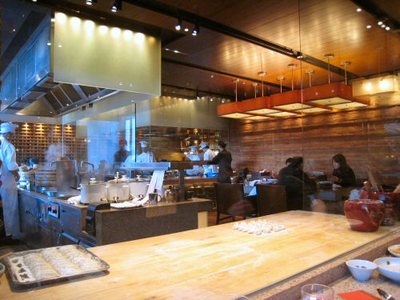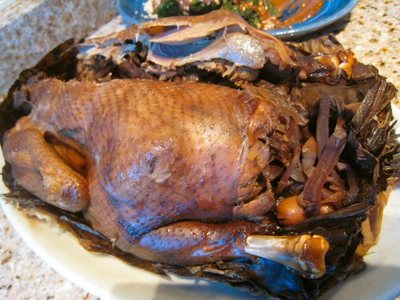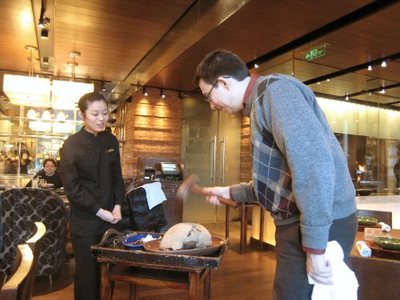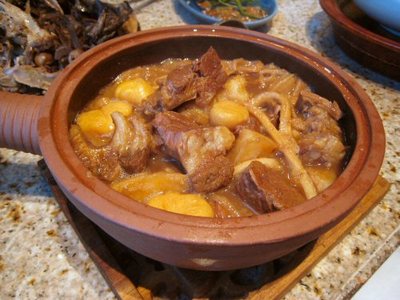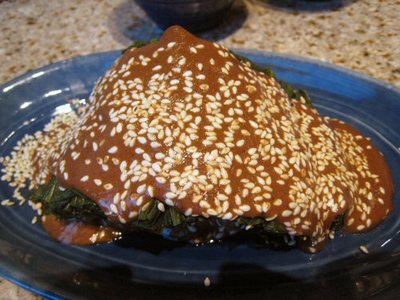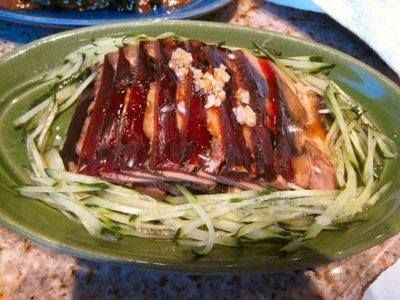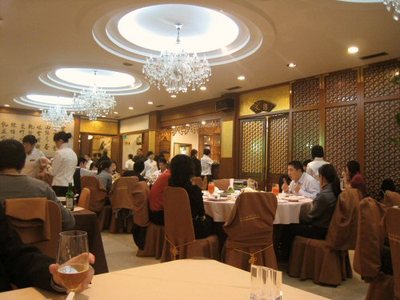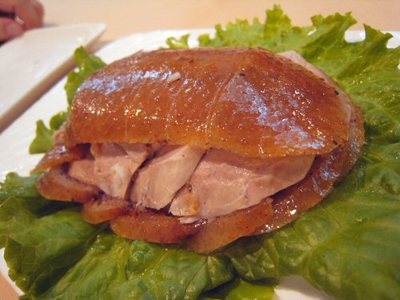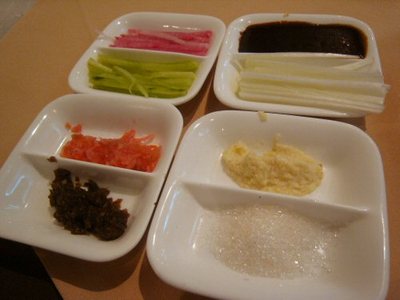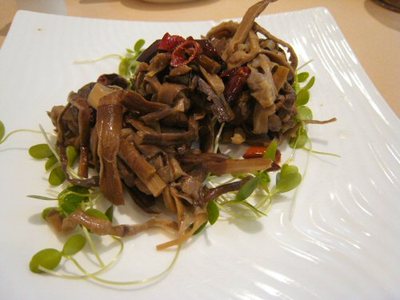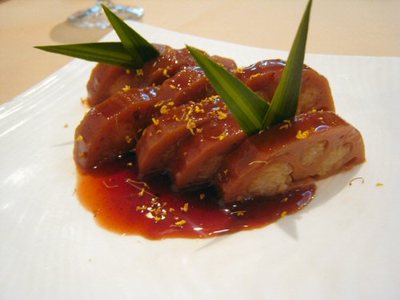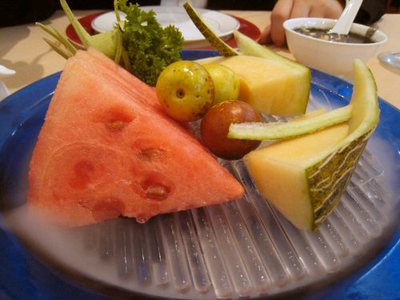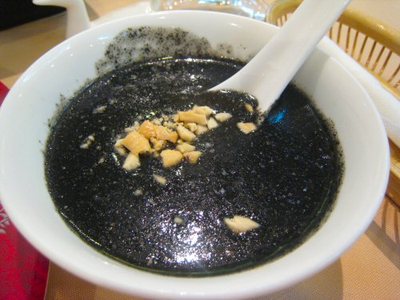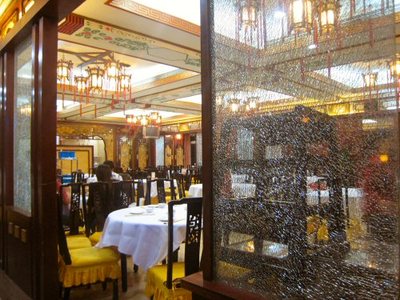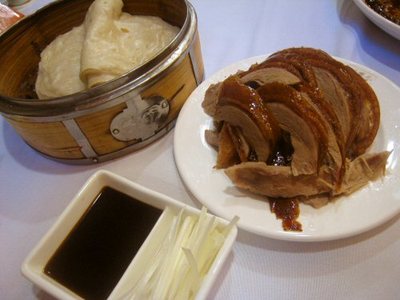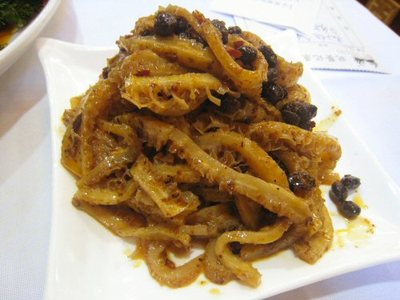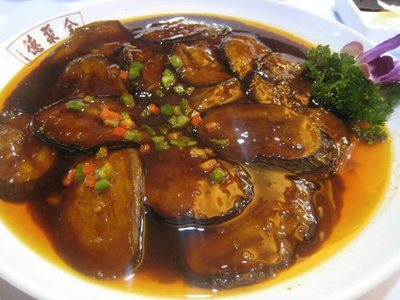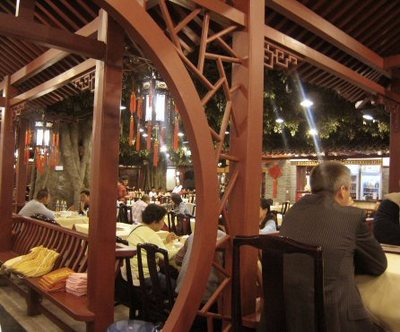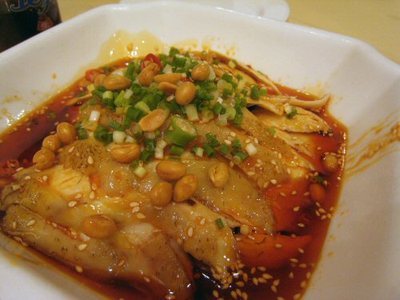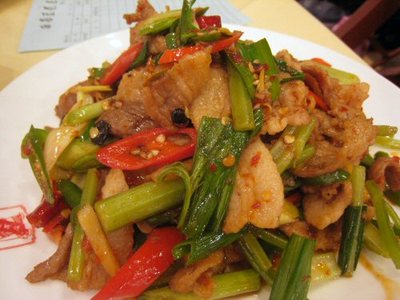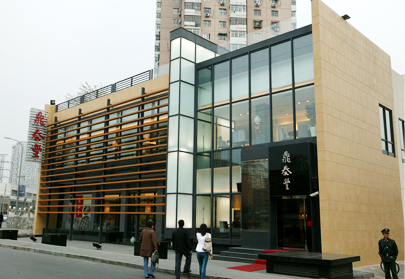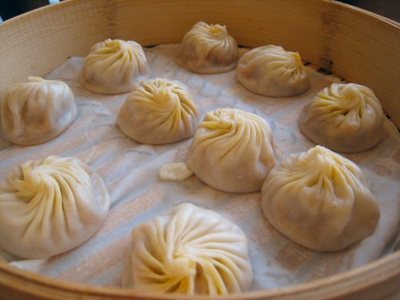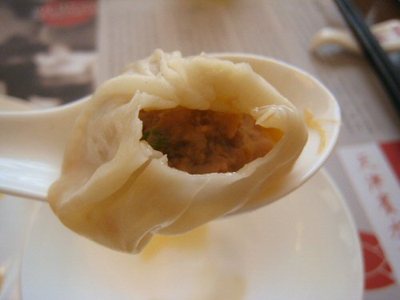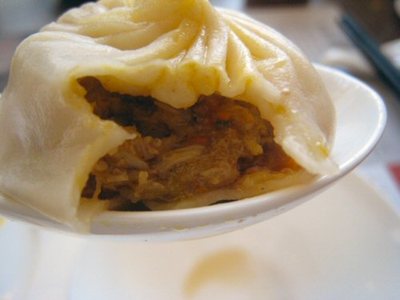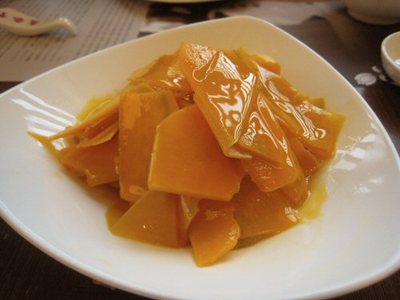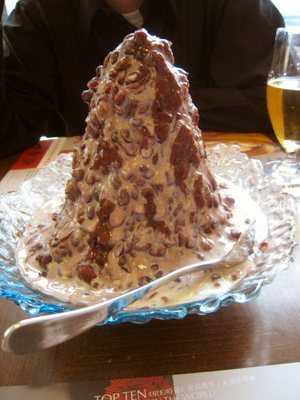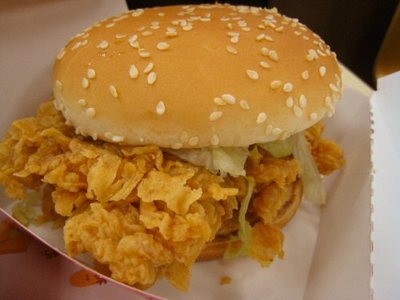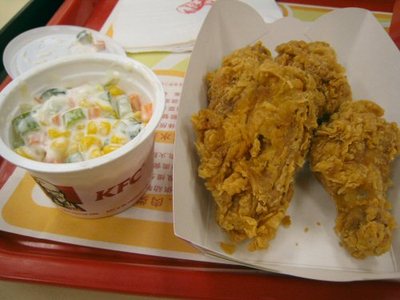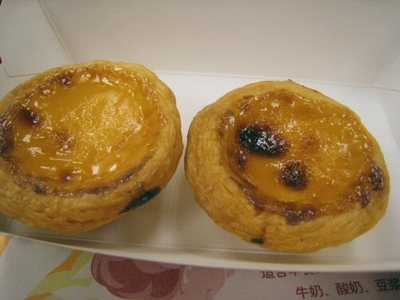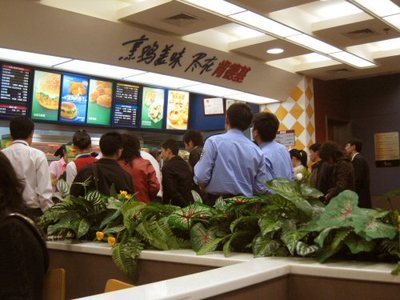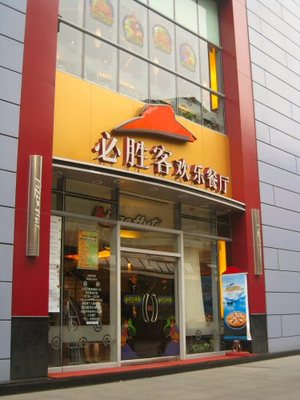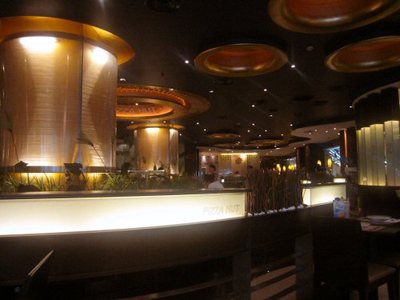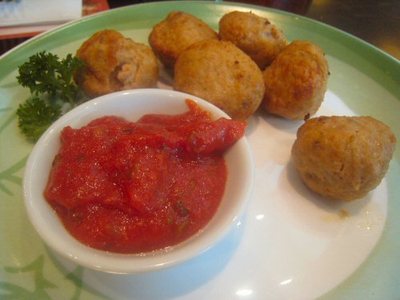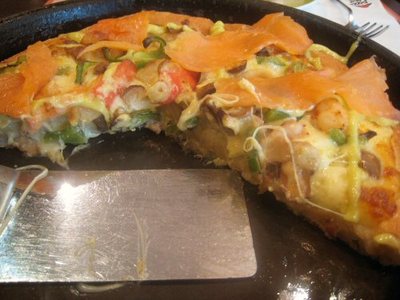Han Cang

Han Cang was one of my favorite meals in Beijing so there’s no logical reason why it’s my next-to-last Chinese restaurant recap (oh yes, there’s still one more that I refuse to drag into the new year). The food is Hakka, which didn’t mean much to me and I still don’t have a full grasp of the cuisine. Hakka noodles are the only dish I know and these are something you’d eat at a Chinese-Indian restaurant. Not Hakka at all, I think, like how we call curry-powdered noodles Singapore noodles but no one eats them in Singapore. Or like English muffins, for that matter.
It’s not the easiest restaurant to Google or find because I’ve seen the name written Han Ceng, Kejia Cai, Ke Jia Cai and more ways than that. And there’s not really an address; it’s on the Southeastern edge of Houhai Lake across a busy street from Bei Hai Park. And if I’m correct, the only signage is in Chinese characters. I only knew we were at the right spot because I’d scoured the censored internet for photos beforehand (I never realized how much I used Wikipedia until it was gone). But it’s not like the cavernous, wood-and-stone styled place is hidden. Our only trauma in finding it was fighting our way through overzealous hawkers as the sunlight started fading.
I have surprisingly little tolerance for aggressive touts, despite growing up in a city that might have the highest per capita number of panhandlers, homeless, junkies and runaways (I always suspected Portland was also the whitest [major] city in the U.S. and this has proven true). I’m never rude, but you can only fend off so many rickshaw rides, massages, postcards and coffee table books while being beamed with laser lights and squeezed next to by slow-moving cars that seem inappropriate on a narrow path, before becoming exhausted.
The lake might’ve been pretty but it’s not like I could stop and take in the natural beauty before being accosted by peddlers. Plus, it turned bitter–wool coats, hats and mittens cold–on our last night in Beijing and I had only packed a light three-quarter sleeved, corduroy trapeze jacket (it was still hot in NYC when I packed and I hadn’t had enough opportunity to wear the thing yet). We were burned out and ready for Shanghai.
The Houhai district appears to be a magnet for bar goers, but I am confused by mentions of it being trendy because it didn’t feel that way to me at all. Maybe I just don’t understand Chinese culture because a New York idea of trendy is very different. I was imaging something foul like the Meatpacking District but it’s more like Prospect Park if there were lots of bars and restaurants around it (that’s a really bad analogy because we don’t have any massive man made or natural lakes here) I would say expat-friendly rather than trendy. I wouldn’t say yuppie, one, because I hate that word, but two, because I think of ‘00s yuppies as being into flash and status, kind of Hong Kong-style and this neighborhood in Beijing was more ramshackle boho chic.
Han Cang (and a few whiskies at No Name Bar up the lane, which we passed by like ten times trying to deduce if it was the right place or not. True, it had no name but it didn’t seem terribly hard to find, no more hidden than your typical well-publicized yet “clandestine” NYC speakeasy. I did get to pet the cat) brightened our evening. The vibe was rough-hewn and raucous, though more upscale than I’d expected (not truly upscale—I still had to pee in a hole in the ground). Maybe it was the big bottles of Yanjing that everyone, including us, was drinking that improved the mood.
I'd heard about salt-baked shrimp. I wasn’t sure what to expect, but each crustacean was individually skewered and served twelve to an order in a damp wooden bucket of salt. Kind of cooler than a KFC bucket. They involve a bit of finger and tooth work to eat; that is if you’re a shell-peeler. I usually just crunch on mine. But they are quite salty, which you really notice if you eat them whole.
Oh, the tripe again. Sometimes I show concern for fellow organ-averse diners and compromise on an appetizer. Other times I selfishly get the tripe anyway. It was our last night in Beijing so I cut loose with the spicy stomach shreds. I don’t know what the vegetable was, though it seemed wet and chewy like something more from the sea than the land.
Three-cup duck. Nothing fancy here, and that seems to be the Hakka M.O. Three cup refers to soy sauce, sesame oil and rice wine. Or at least it does with san bei ji, Taiwanese three-cup chicken. I’m assuming the two dishes are related. This is the kind of thing that seems so simple and deeply flavored but that I can never reproduce at home. I’m not sure if it’s the proportion of ingredients, cooking vessel or what. I can’t really chop up a bird with the knives I own, so I don’t go down this path much anyway. Hey, a cleaver—that’s a great Christmas wish list idea.
Han Cang * S.E. bank of Qian Hai, Beijing, China

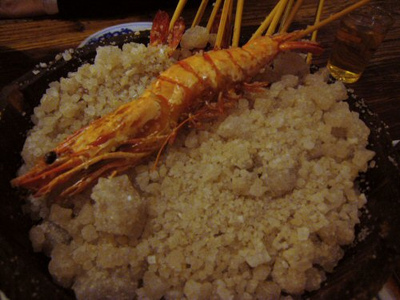
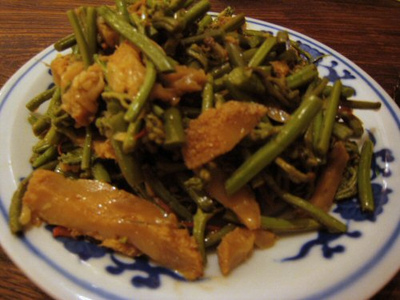
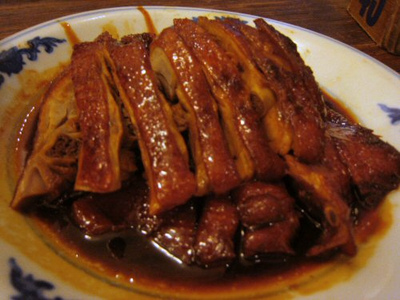
 Follow
Follow

